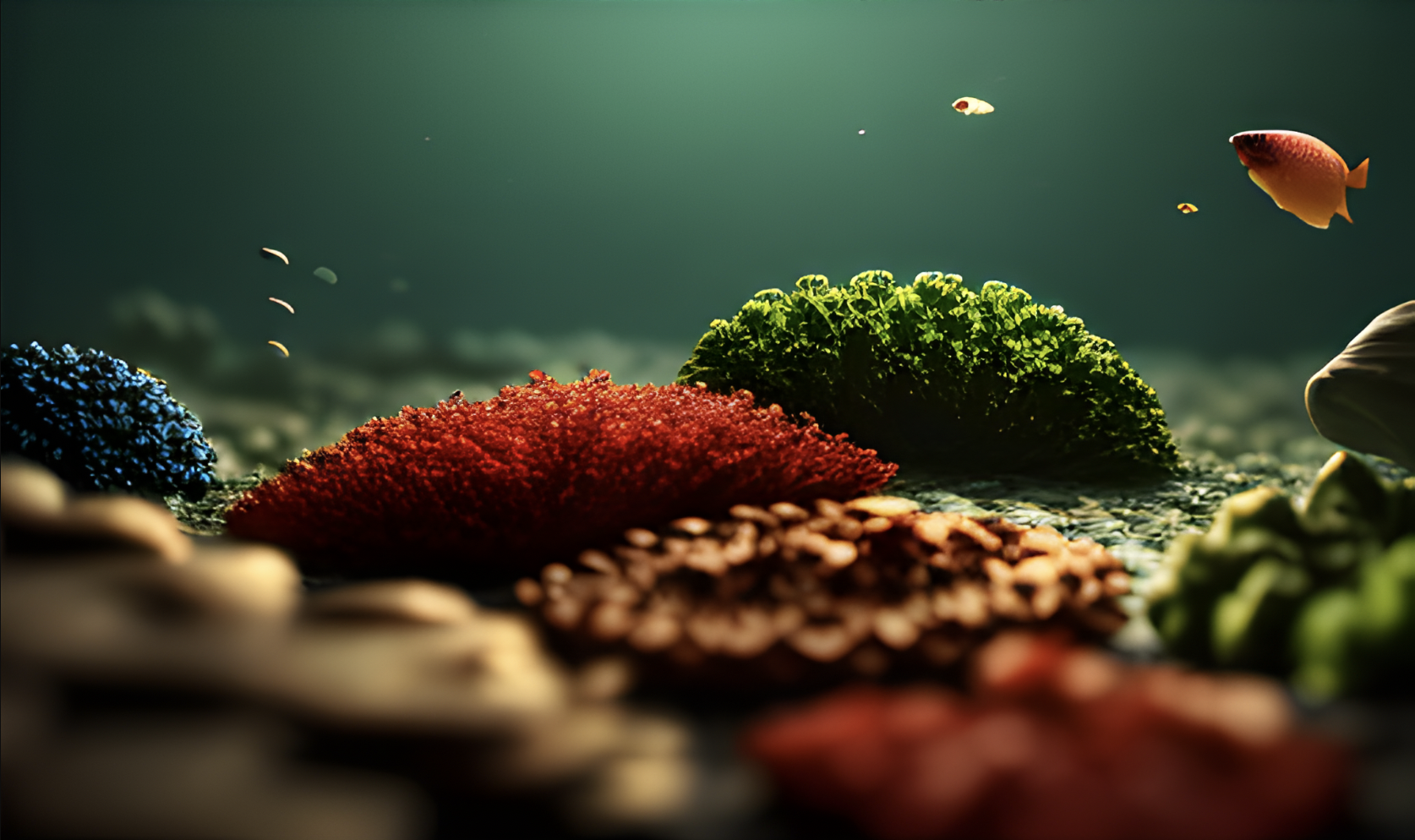Seaweed, the humble marine algae, has been a staple in East Asian cuisine for centuries. Today, thanks to its myriad health benefits and culinary versatility, it’s finding a place in pantries worldwide. The range of seaweed species is vast, but today, we’re zooming in on the top five, each bringing a unique flavor and nutritional profile.
1. Arame
Renowned for its delicate texture and mild flavor, Arame is a dark brown seaweed that enhances your dishes and packs a punch regarding health benefits. What’s most remarkable about Arame is its rich magnesium content. Magnesium plays a vital role in maintaining heart health. Research from Harvard has indicated that an ample intake of this mineral can reduce the risk of heart disease by up to 30 percent.
2. Dulse
Sporting a deep red or purple hue, Dulse is not just a visually appealing seaweed; it’s also a nutritional superstar. Have you ever thought about maintaining strong bones without overdosing on milk? Well, Dulse has got you covered. Half a cup of this seaweed provides about 35 percent more potassium than a large banana. Potassium is integral for bone health and may be a key ingredient in preventing bone loss. So, the next time you whip up a salad, sprinkle some Dulse for a burst of color and nutrition.
3. Hijiki
If you’re always looking for natural ways to boost your energy levels, meet Hijiki, your new best friend. This seaweed, characterized by its small, string-like appearance, is a robust source of iron, a mineral paramount for muscle health. Incorporating Hijiki into their diet can be beneficial, especially for women who indulge in regular workouts. Studies suggest that active women might require up to 30 percent more iron, making Hijiki a must-add to their diet.
4. Kombu
Famed for its role in Japanese miso soup, Kombu is loved not just for its robust, savory flavor but also for its nutritional credentials. One of Kombu’s standout features is its high fiber content, specifically a type known as alginate. Researchers have found that alginate plays a pivotal role in potentially reducing fat absorption in the body. So, not only does Kombu elevate the taste of your dishes, but it also ensures they’re easier on your waistline.
5. Nori
Last, we have Nori, the iconic green sheet often seen embracing your sushi rolls. While Nori is naturally high in salt (and flavored varieties even more so), its health benefits are too significant to ignore. Firstly, Nori is a treasure trove of Vitamin C, known to reduce the risk of diabetes. But that’s not all. Nori is also a rare plant source of Vitamin B12, a nutrient essential for maintaining healthy blood and nerve cells. Not to mention, Vitamin B12 is instrumental in DNA synthesis and can be a preventive measure against megaloblastic anemia, which manifests as fatigue and weakness.
In Conclusion
The world beneath the ocean waves is rife with treasures, and seaweed is undoubtedly one of them. These five seaweeds offer many health benefits, making them worth additions to any diet. So, try these marine wonders the next time you’re at the grocery store. Not only will they amplify the flavor profile of your dishes, but they’ll also supercharge your health.
References:


